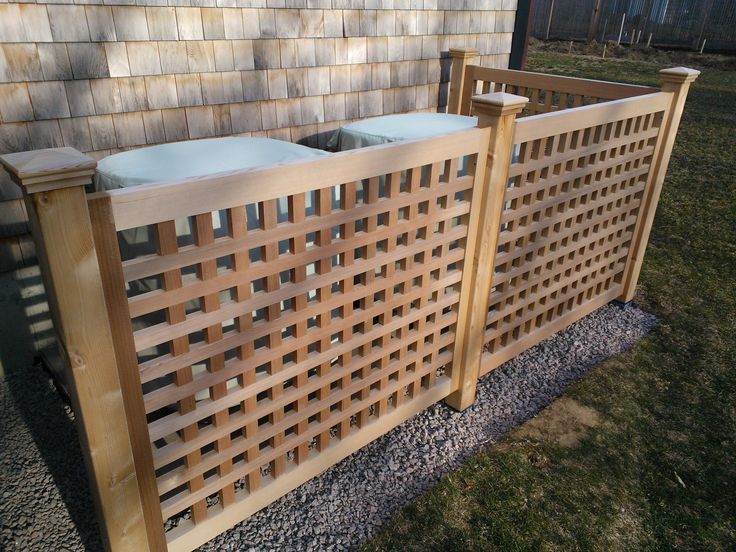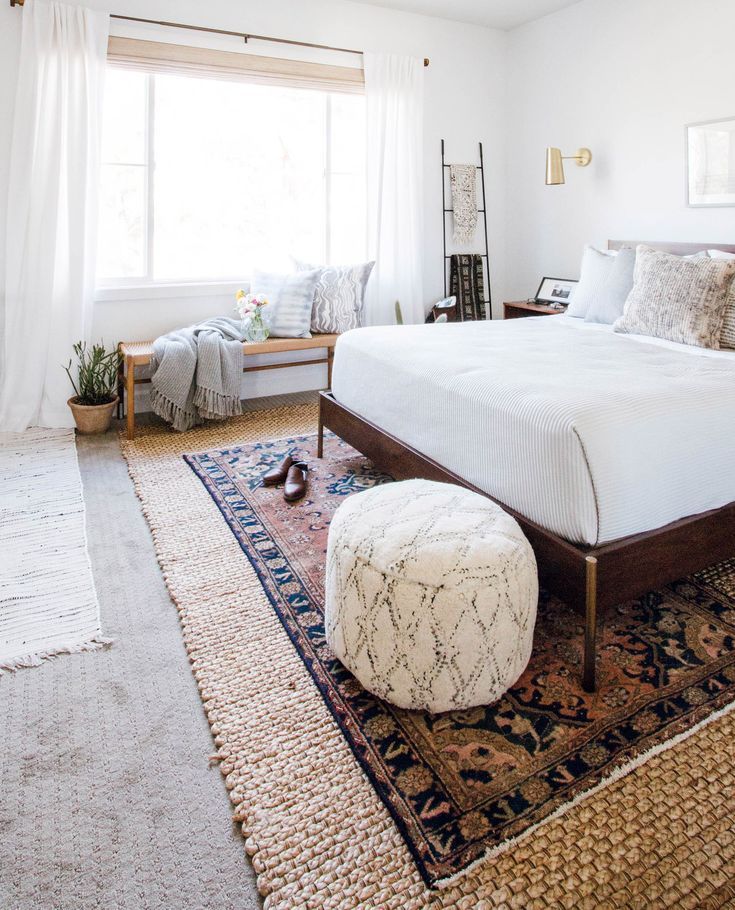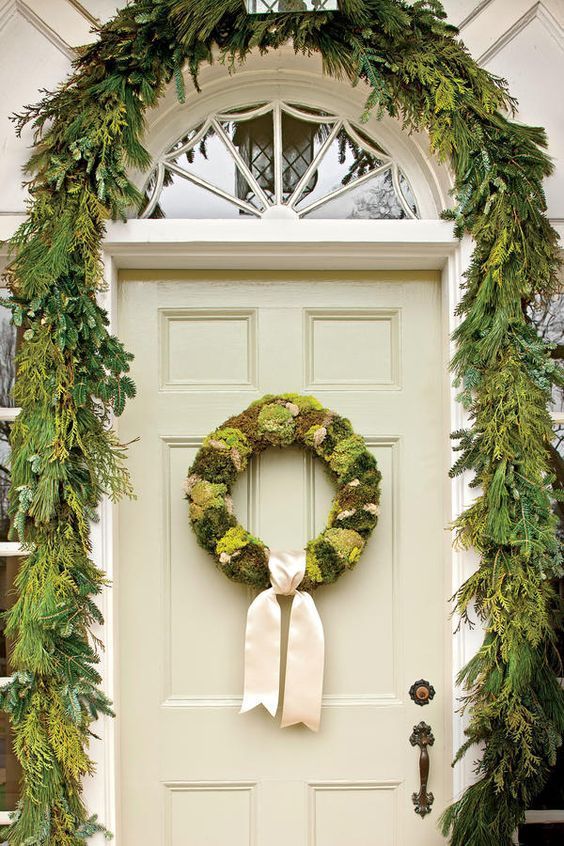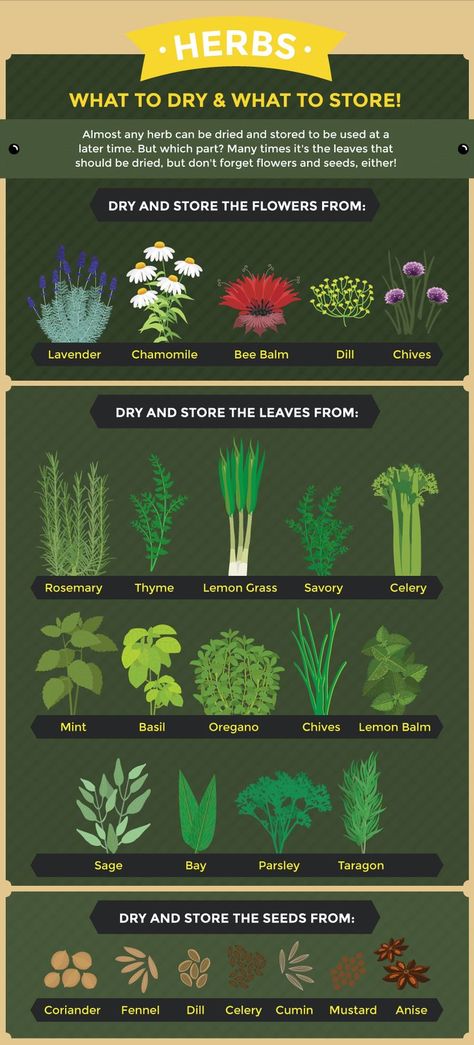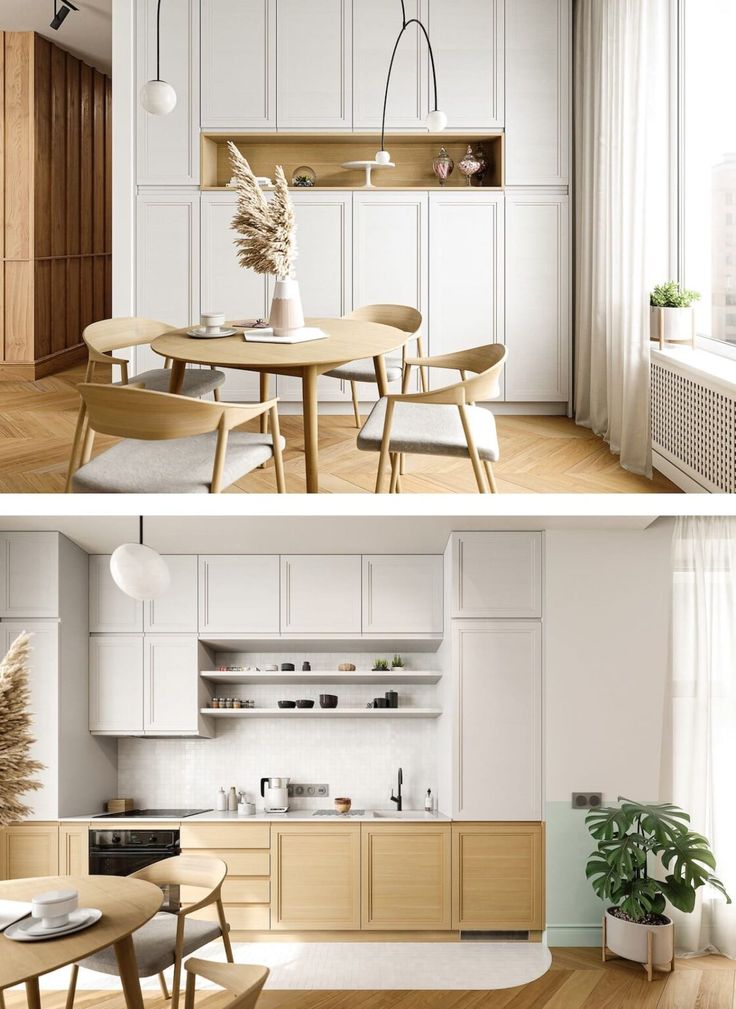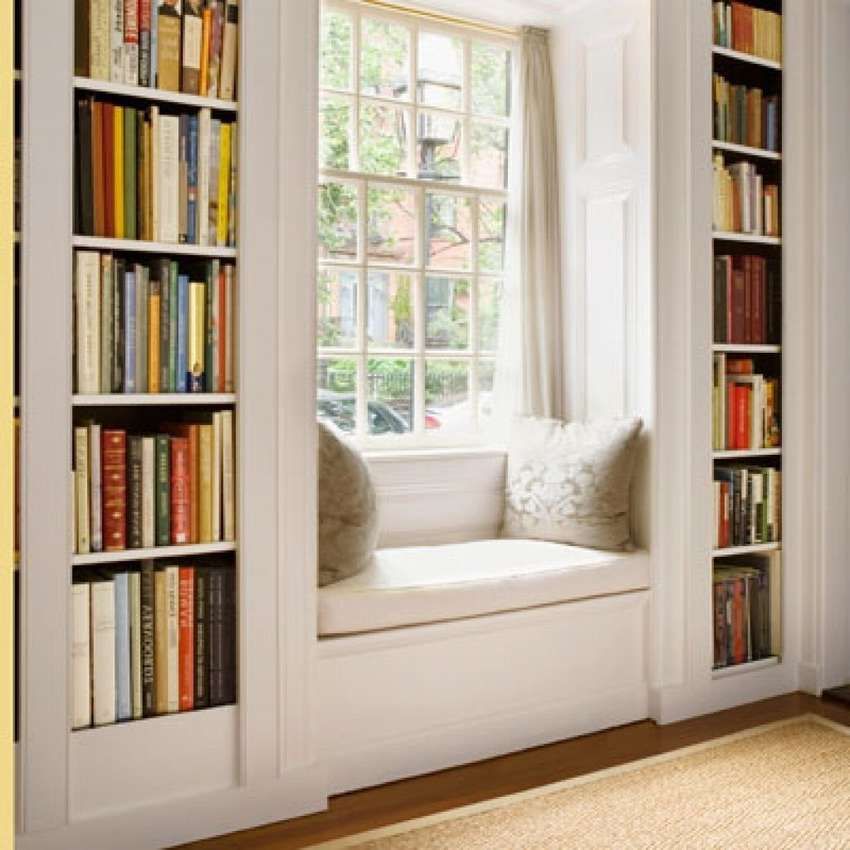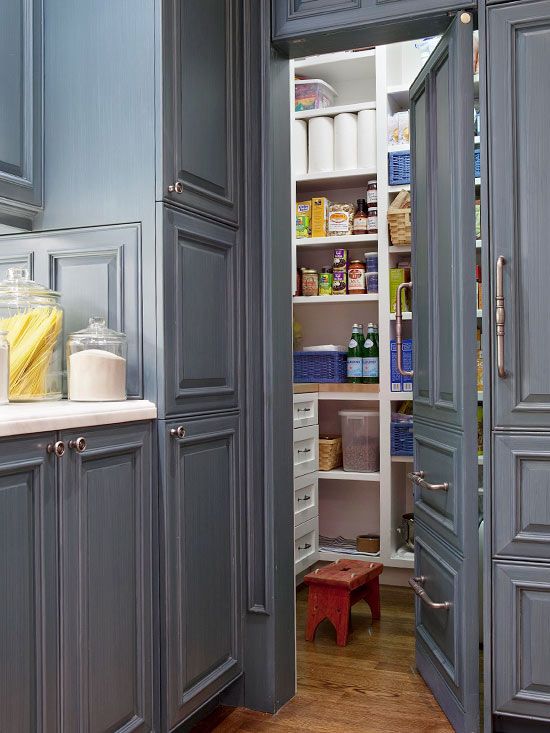Hide a fence
How to Hide An Ugly Fence: A Guide
Share
Backyard fences serve some rather important purposes, like keeping your kids and pets in the yard, keeping unwanted guests out of your yard, providing your family with privacy, and clearly showing where your property ends and your neighbors’ properties begin.
Aside from their official functions as yard dividers and property definers, fences are also part of our overall landscape design and help define the style of our yards.
An attractive fence can significantly enhance the visual appeal of your backyard, while an unattractive one can be so distracting that it can seriously take away from even the most beautiful landscape design.
After all, your fence is the backdrop for your landscaping, so it makes sense that your yard can only be as attractive as the fence surrounding it.
A good fence not only enhances the look of your yard, it can also increase the privacy of your outdoor entertaining spaces, hide a neighbor’s ugly or overgrown yard, or provide a foundation for additional landscaping features, such as vertical gardens.
Essentially, your fence is one of the most important components in your backyard and can have a significant impact on just how much you can enjoy spending time there.
If you have an ugly backyard fence, a fence that is in serious disrepair or a fence that does not adequately separate your yard from those of your neighbors, you basically have four options: You can replace your fence, repair your fence, hide your fence or reface your fence.
Option #1: Replace Your Fence —Replacing an existing fence can be an expensive and complicated endeavor, particularly if you have a large yard or share your fence with your neighbors.
Fencing an average-sized backyard can easily cost thousands of dollars and requires getting intimately familiar with things like permits and posthole diggers.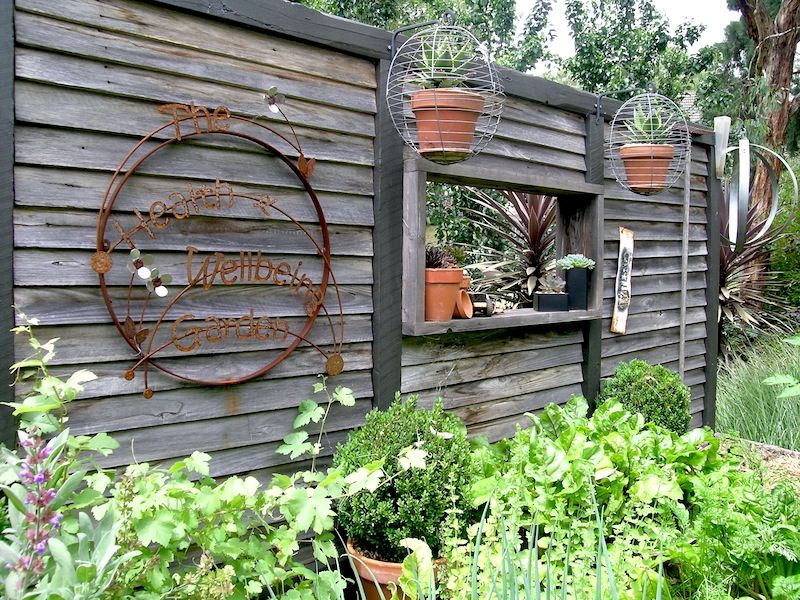
While you can make installing a fence a DIY project, the labor and skill required to do a good job generally requires calling in professionals.
Additionally, most suburban and urban homeowners have a shared fence that separates their yard from the yards of their neighbors.
If this is your situation, replacing your fence would mean consulting with the neighbors beside and behind your house to try to convince them all to agree on a fence design and to, hopefully, pitch in to pay to replace your shared fence.
If you have the budget to remove your current fence and install a new one, and if you can get the approval of your neighbors to allow you to install an attractive fence with or without their financial input, then replacing your fence may be the easiest way to quickly update the look of your yard and get rid of a fence that may be an eyesore.
Of course, not everyone has thousands of dollars to spend on a new fence or good enough relationships with their neighbors to convince them to approve the installation of a fence of their choosing between their yards.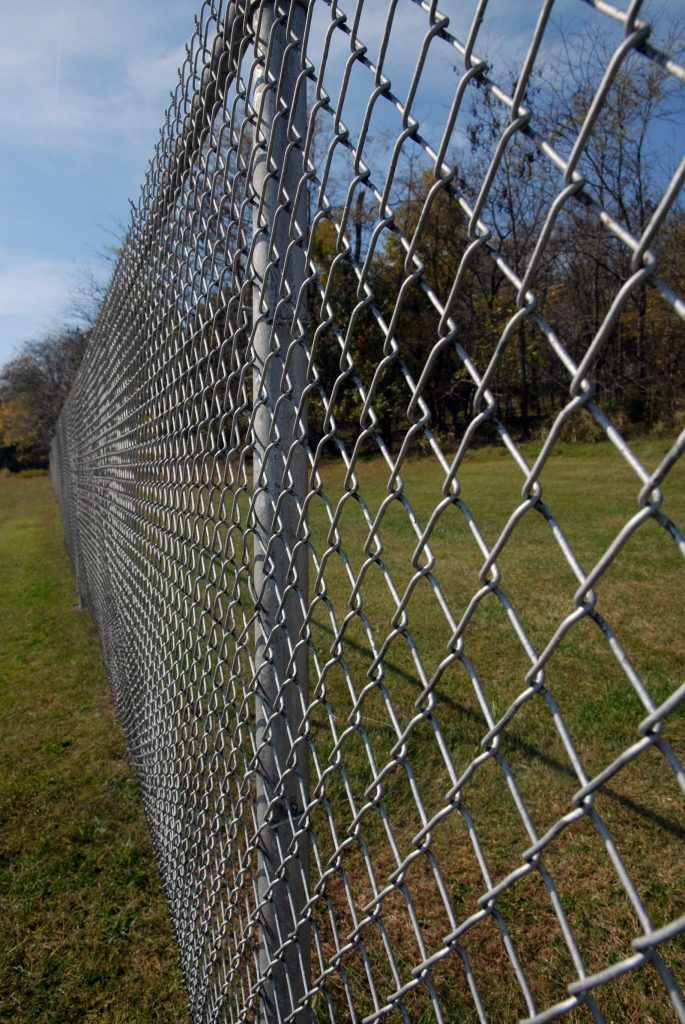
If that is the case, you may need to opt for an alternative solution that allows you to improve the look of your fence without replacing it.
Option #2: Fix Your Fence —Unless the fence is in a state of serious disrepair, most somewhat-handy homeowners can fix their own fences without calling in professionals.
It may be the case that you have a wood fence that has simply aged and weathered and just needs a fresh coat of stain or paint.
If so, you can inexpensively refresh the look of your fence in a single weekend.
You may want to consider sanding or pressure washing your fence to remove old paint and any debris prior to painting or staining it.
If you have a wood fence that needs a bit more than a simple paint job, here are five things to look for and repair when fixing your fence:
1. Check for rails that are no longer properly attached to the posts, and make needed repairs.
2. Check the entire fence for rot, which is common with older, wood fences. If you find rot, particularly at joints, you do not necessarily have to replace the fence, but you will need to replace the rotted pieces.
If you find rot, particularly at joints, you do not necessarily have to replace the fence, but you will need to replace the rotted pieces.
3. Look for broken or splintered boards, rails and posts to repair with wood glue or replace with new ones.
4. Look for leaning, sagging or damaged fence sections that may need reinforcing, repairs or replacement.
5. Look for posts that are leaning or wobbly, and determine whether you can repair them or need to replace them.
If you have a chain link fence in need of repair, you can likely also make that a DIY project, as long as you have the help of a friend or family member.
The most common issues are posts that loosen and become wobbly, bent top rails and sagging chain link mesh.
All of these can be fixed by handy homeowners who have a friend or two around who can help them complete some of the tasks that require two people, such as stretching chain link mesh over posts.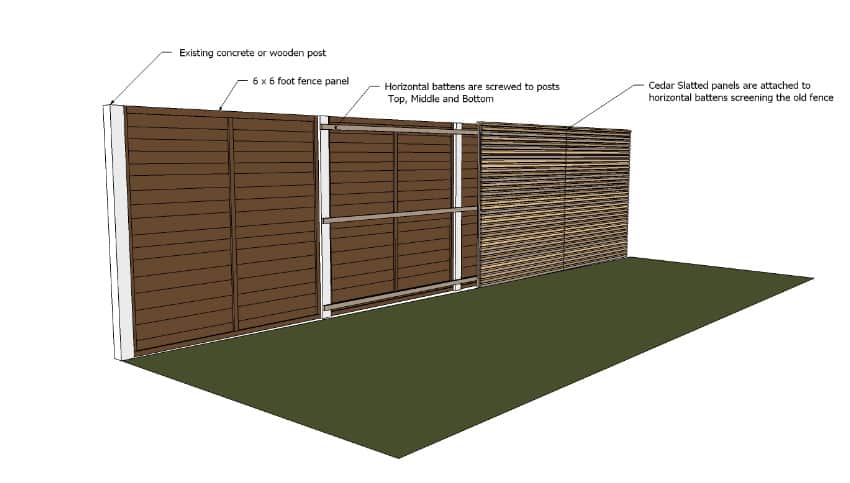
If your fence is in pretty good shape, you can probably fix it without too much trouble or expense.
If your fence is in a state of serious disrepair, it might not be in your budget to make the necessary repairs.
If this is the case, make sure your fence is at least in good enough shape to do the jobs you need it to do, such as keeping your pets inside your yard.
If not, you may consider making some very inexpensive but effective repairs to patch any holes or stabilize leaning sections to keep your fence functional.
Then, you can hide your fence – and those unsightly repairs – with one or more of the ideas below.
Option #3: Hide Your Fence —Sometimes the best way to fix an ugly fence situation is to simply hide the fence from view.
You can somewhat camouflage a wood or chain link fence by painting it brown or green to better blend in with your landscape design, but this will likely not be enough to take care of a truly unattractive fence or a fence in a state of significant disrepair.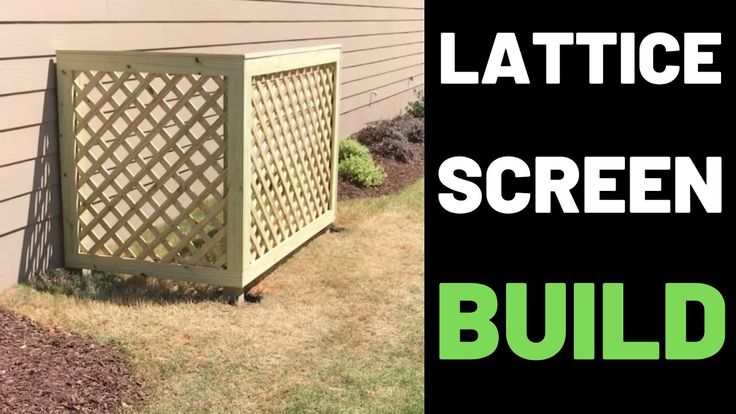
If you need to camouflage an ugly fence by blocking it from view, here are eight ideas you might consider:
1. Plant trees in front of the fence that will grow to at least the height of the fence.
2. Plant plants, bushes or hedges with dense foliage to cover an ugly fence.
3. If your fence is far enough away from the house, you may be able to block the view with a weeping willow or pepper tree strategically planted in your yard.
4. Plant climbing vines that will grow up the fence and camouflage it.
5. Block the view of ugly fence posts with tall potted plants.
6. Hide damaged sections of your fence with attractive fence art or garden art that you create or purchase from your local garden center.
7. Increase the privacy of your outdoor entertaining areas and block the view of your fence by placing privacy screens or a trellis along the edge of your patio.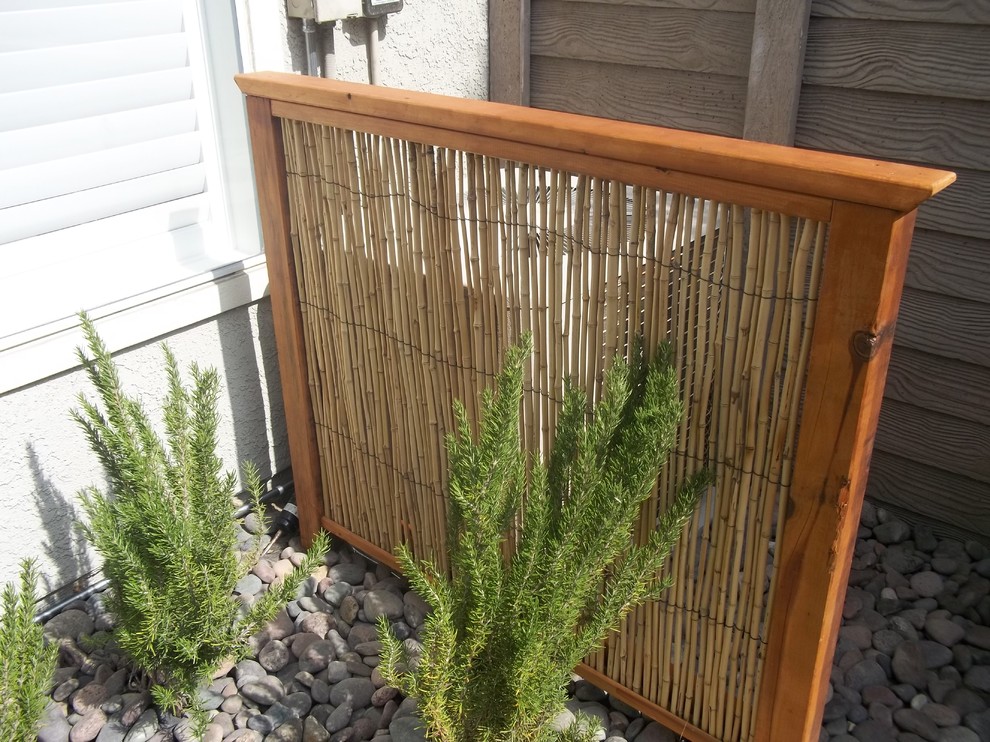
8. Draw attention away from the fence with attractive features that at least partially block the view, such as water features. Strategically placing other landscaping features to block the view of an ugly fence is a more affordable way to increase the visual appeal of your yard without taking on the costs of replacing your fence.
But if you have a bit more money in your backyard improvement budget, you may want to reface your fence instead, which is generally a more permanent solution that does not require you to take up space in your yard for planting extra trees or hedges.
Option #4: Reface Your Fence —A fence that is lacking in visual appeal but is structurally sound is the perfect candidate for a bit of fence refacing that can quickly spruce up your yard and make your fence more closely match the style of your landscape design.
This is a great option if you do not have the budget to replace your fence with one more to your liking, have one or more neighbors who are not willing to allow a new fence to be installed, or just want to increase privacy by covering the openings between slats or links.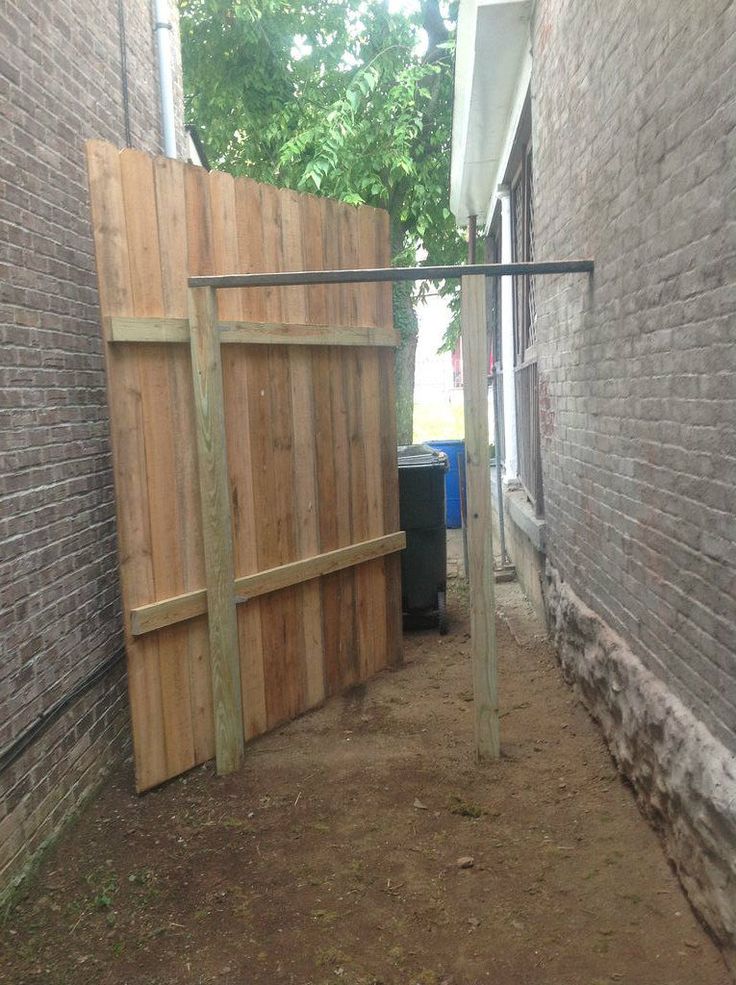
In most areas, the finished side of the fence has to be facing out to your neighbors or the street, so if you are tired of looking at the backside of your fence and would like a more finished appearance for you and your guests to enjoy when in your backyard, refacing your fence can also take care of this.
If you share a typical wood fence with your neighbors, it is likely that every other section has the finished side of the fence facing you, while the backside of the fence is showing in the sections in between.
This can be just as unattractive, but is fixable by simply refacing your fence.
When you want to update the look of your kitchen but do not want to go through the headaches and expense of a full remodel, you can just reface your cabinets.
The same thing is true for your fence.
Rather than installing a new fence, you can just reface the one you have to make it work better for you.
Here are nine ways you can save time, save money and improve the look of your yard by giving your current fence a bit of a facelift.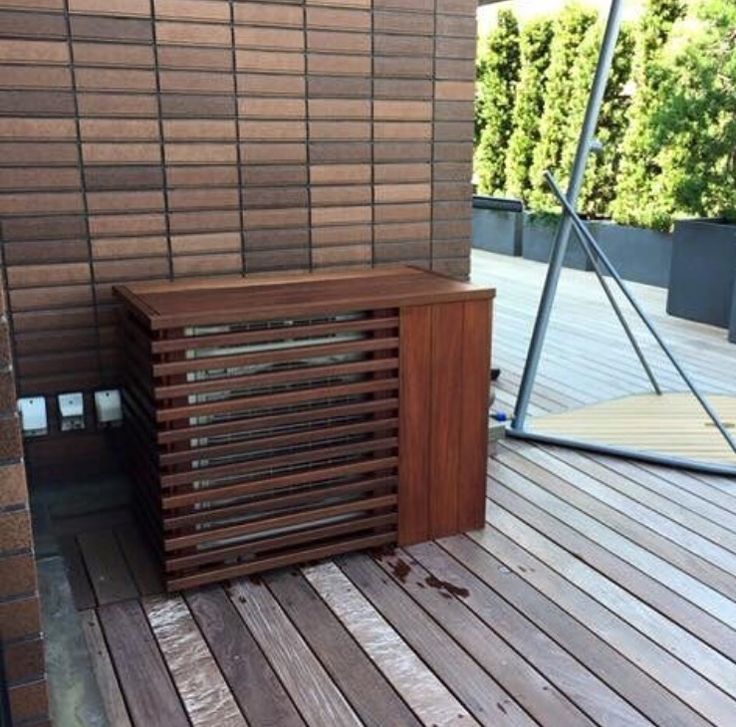
1. Change the look of a chain link fence by adding flexible inserts into the links in a color that blends with your landscaping.
2. Cover a chain link or wood fence with sturdy canvas fabric to increase privacy and change the look. You can either paint the fabric, let your kids paint the fabric or leave it as is.
3. Add commercial privacy screening to a wood or chain link fence to block the view of a neighbor’s ugly yard. Fencing companies make screening that is made to be attached to fences.
4. If you have a shared fence with some sections showing the finished side and some showing the backside, add boards to the areas showing the backside to make it a cohesive, finished look all across your fence.
5. You can create a modern or rustic look by attaching metal panels to your fence, which will also increase privacy.
6. A chain link or wood fence can get an instant facelift by attaching rolls of bamboo or reed fencing to the posts.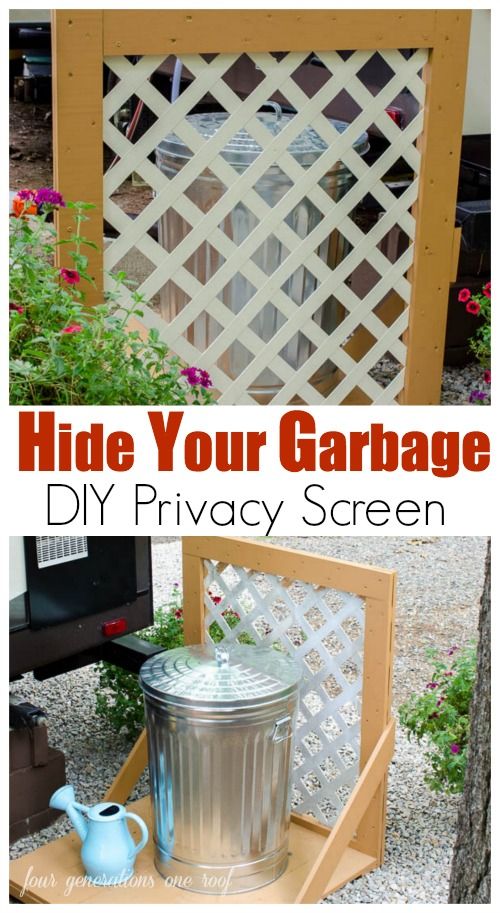 It is best to buy reed or bamboo fencing rolls that are just a little taller than your fence to make sure that it is completely covered. To keep this type of fencing from sagging and looking sloppy, you will want to securely fasten it all along your fence with a staple gun or ties.
It is best to buy reed or bamboo fencing rolls that are just a little taller than your fence to make sure that it is completely covered. To keep this type of fencing from sagging and looking sloppy, you will want to securely fasten it all along your fence with a staple gun or ties.
7. Attach a trellis to your wood or chain link fence, and plant climbing vines to cover it.
8. If your budget allows, you can float a new fence right in front of the old one. This can be less expensive than installing a new fence, since you can skimp on materials a bit if you attach it to the existing posts, but it is more expensive than other fence improvement options.
9. Install a vertical garden on the fence, or build a vertical garden frame to attach to the fence. One easy way to install a DIY vertical garden – rather than purchasing a pre-made growing wall – is to attach colorful flowerpots to your fence by screwing flowerpot holders onto the fence boards.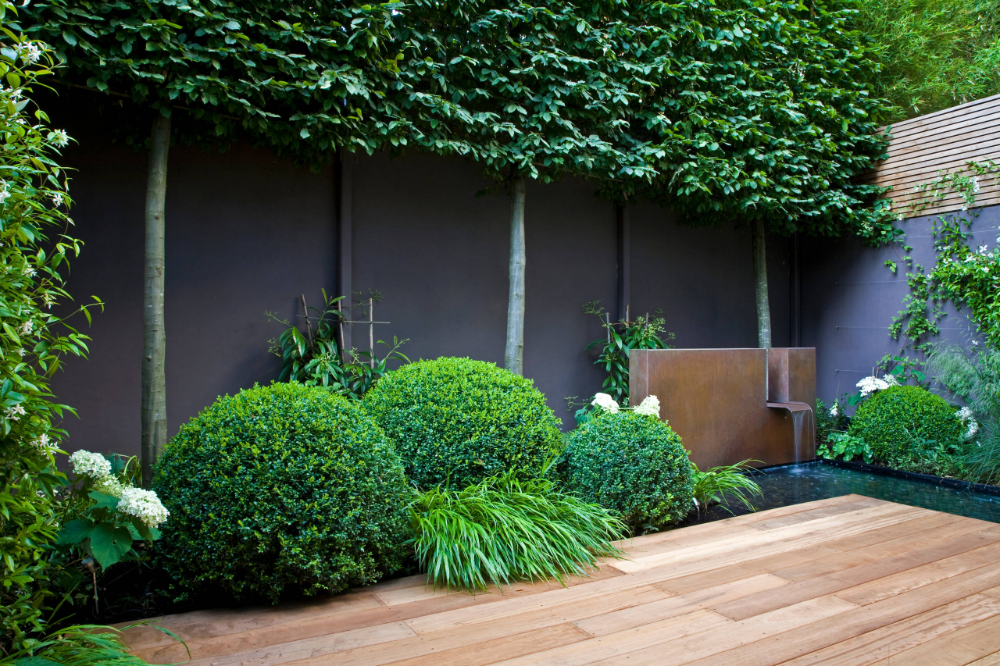
Have you turned an ugly fence into an attractive addition to your backyard? If so, let us know your fence refacing tips and tricks in the comments below.
Photo Credits (in order of appearance): morgueFile.com, krosseel; morgueFile.com, DodgertonSkillhause; morgueFile.com, jade; morgueFile.com, Ricorocks; Angela Davis, Gardening in My Rubber Boots blog; morgueFile.com, MGDboston
Five Ways to Hide a Fence
Garden fences and other boundaries are essential for providing shelter and privacy in a garden, but as one of the largest single elements in a plot, they can set the tone of the whole space, so don’t let their functionality prevent them from being an element of beauty.
With care, it’s possible to turn fences from faded to fabulous, walls from worn out to wonderful and hedges from ailing to amazing. All it takes is a bit of know-how and some time.
Bear in mind that all garden boundaries will require some form of maintenance so it’s vital to allow access to do this.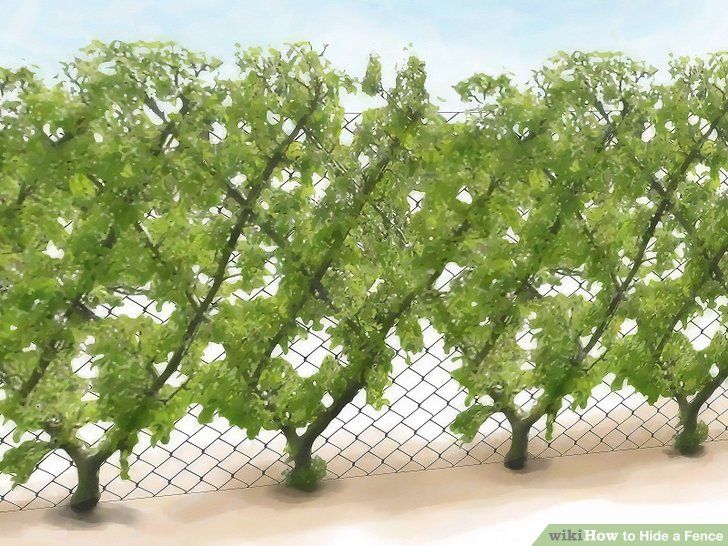 Walls, of course, require the least input, while timber fences require treating every few years and hedges clipping at least once a year.
Walls, of course, require the least input, while timber fences require treating every few years and hedges clipping at least once a year.
More on fences and other boundaries
- 11 ideas for garden fences
- Climbers for a shady wall or fence
- Best hedging plants for shade
1
Grow climbers up your fence
How to hide a fence - climbers growing up a fence
Fences and walls can easily be upgraded by adding climbing plants, such as roses, clematis, jasmine and honeysuckle. Simply fix wires or trellis to the fence, which climbing plants can use for support, and which you can tie stems into as they grow. Choose fast-growing climbers like Clematis montana, rambling roses and honeysuckle. Annual climbers like morning glory and sweet peas can be grown to fill gaps while the perennials grow. If you don't want to fix wires or trellis to your fence, choose self-clinging climbers such as ivy and climbing hydrangea.
2
Paint your fence
How to hide a fence - paint your fence
Fences can look quite bedraggled if they’ve not been maintained in a while, but upgrades are fast and inexpensive. A lick of paint or stain visually revives a fence in a flash. Pale hues make a space feel larger, while bright colours add excitement. But if you want your fence to disappear, go dark. This might be in the form of an emerald evergreen, such as yew, or a dark paint that blends into the shadows.
A lick of paint or stain visually revives a fence in a flash. Pale hues make a space feel larger, while bright colours add excitement. But if you want your fence to disappear, go dark. This might be in the form of an emerald evergreen, such as yew, or a dark paint that blends into the shadows.
3
Plant a hedge in front of your fence
How to hide a fence - plant a hedge
This is a long-term option, but a thin hedge planted in front of your fence will add depth to your boundary, offering additional protection from noise and wind, while looking more pleasing and providing a valuable habitat for wildlife, too. Bear in mind that, once established, you'll need to trim your hedge at least once a year.
4
Add hanging planters to your fence
How to hide a fence - hanging plant pots on a fence
Adding hanging pots or other planters from your fence can be an inexpensive way of hiding it. This is a particularly useful option if you want to cover a fence in a rented home, or while you wait for slow-growing climbers to get going. For an even cheaper fence facelift, you can upcycle old containers or use guttering to grow shallow-rooted plants like salad leaves.
For an even cheaper fence facelift, you can upcycle old containers or use guttering to grow shallow-rooted plants like salad leaves.
More like this
5
Plant a border
How to hide a fence - plant a border
A well-planted border, comprising small trees and shrubs, tall herbaceous plants and low-growing perennials, will create depth and interest in your garden, taking the focus of attention away from your fence. Choose plants of different heights, that flower at different times of year, and throw in a few evergreens, too, for winter interest. Over time, you won't be able to see your fence at all.
8 proven ways to hide an ugly fence
Plants
The easiest and most beautiful way to hide an ugly fence is to plant plants along it: trees, shrubs, some climbing varieties. Dense greenery will decorate the site, solve the problem with the fence and make your yard more secluded, hidden from prying eyes.
1. Bubbleweed
Bubbleweed is an ornamental shrub with dark red or green leaves.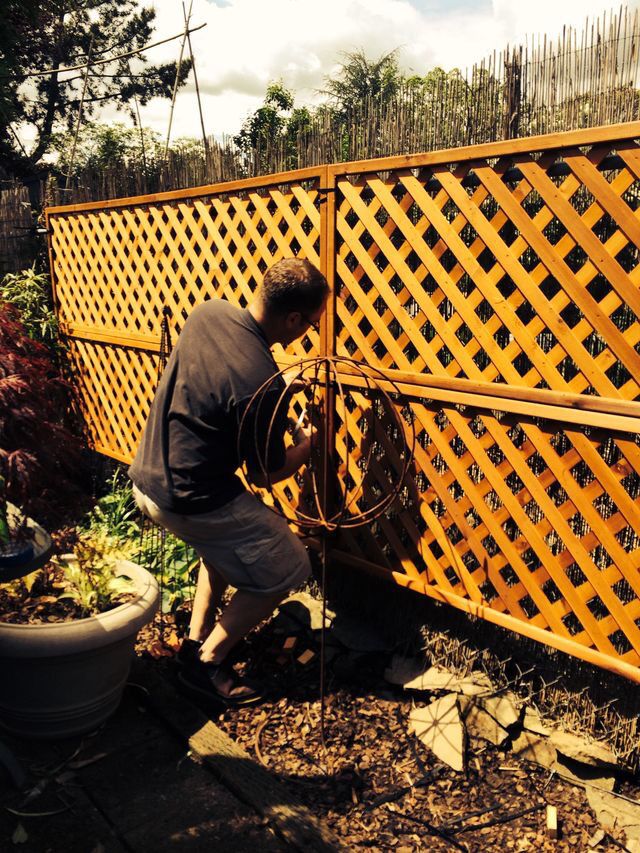 Its main advantage is rapid growth and unpretentiousness. In a couple of years, it reaches two meters in height and you will only have to cut it, forcing it to grow thicker and wider and at the same time giving it a beautiful shape. It will be interesting to look at the alternation of the red and green varieties of this plant in one hedge. nine0005
Its main advantage is rapid growth and unpretentiousness. In a couple of years, it reaches two meters in height and you will only have to cut it, forcing it to grow thicker and wider and at the same time giving it a beautiful shape. It will be interesting to look at the alternation of the red and green varieties of this plant in one hedge. nine0005
Note that in shade this shrub will quickly take on a normal green hue, so the sunny side of the plot will be needed for the colored varieties.
Instagram: @t_a_t_i_a_n_a_l_e_b_e_d_e_v_a
Instagram: @dacha_blog
2. Barberry
Another rich red shrub is the barberry. As well as the vesicle, it grows quite quickly, but the maximum height depends on the particular variety. nine0005
Don't forget that the barberry is a thorny shrub. It will protect you from uninvited guests in the form of neighbor dogs and cats, but you will have to plant it so that it does not interfere with movement around the site.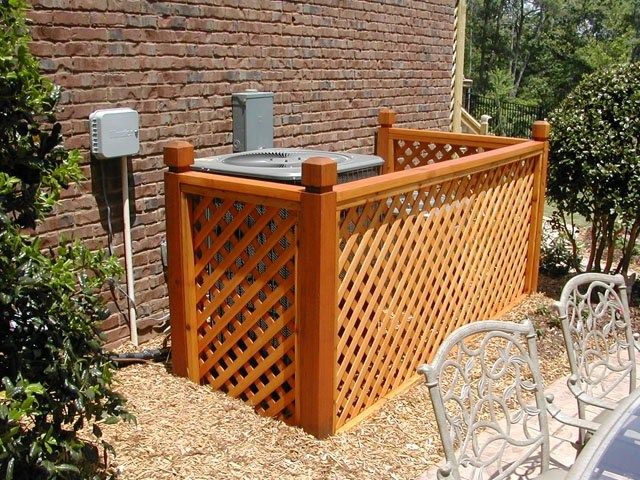
Instagram: @dacha_blog
Instagram: @kimiko_fushigi
3. Hawthorn
Hawthorn grows quite a long time, but it makes a very beautiful hedge. If you want to completely hide the fence, you need to cut only the top of the bush, without touching the lower branches. If you cut the lower branches, the hawthorn will look more like a small tree. nine0005
Instagram: @rusroza
Instagram: @dacha_blog
4. Euonymus
A four-meter shrub of bright red euonymus will close any ugly hedge and protect it from dust and wind from the roadway. It grows quite quickly, but the leaves turn red only by autumn.
nine0004 Instagram: @moy_sadikInstagram: @dacha_blog
5.
 Grapes
Grapes Another plant option for decorating the fence, which, in addition to beauty, brings a tangible bonus in the form of a harvest. In order for the vineyard to grow evenly along the fence, you will have to strengthen it and attach a special grate, which is easy to do with your own hands. For the winter, the plant will have to be covered with a tarpaulin from frost.
nine0004 Instagram: @rostovie_roziInstagram: @marinaandrianova777
6. Park roses
One of the brightest and most beautiful ways to hide an ugly fence is to plant bushes of climbing park roses in front of it. Despite the incredible appearance of such a hedge, it is not very picky to care for, you only need to cut dry branches in time and ensure sufficient watering. Pruning these roses is not necessary and even harmful to their flowering, the plant itself will spread in breadth.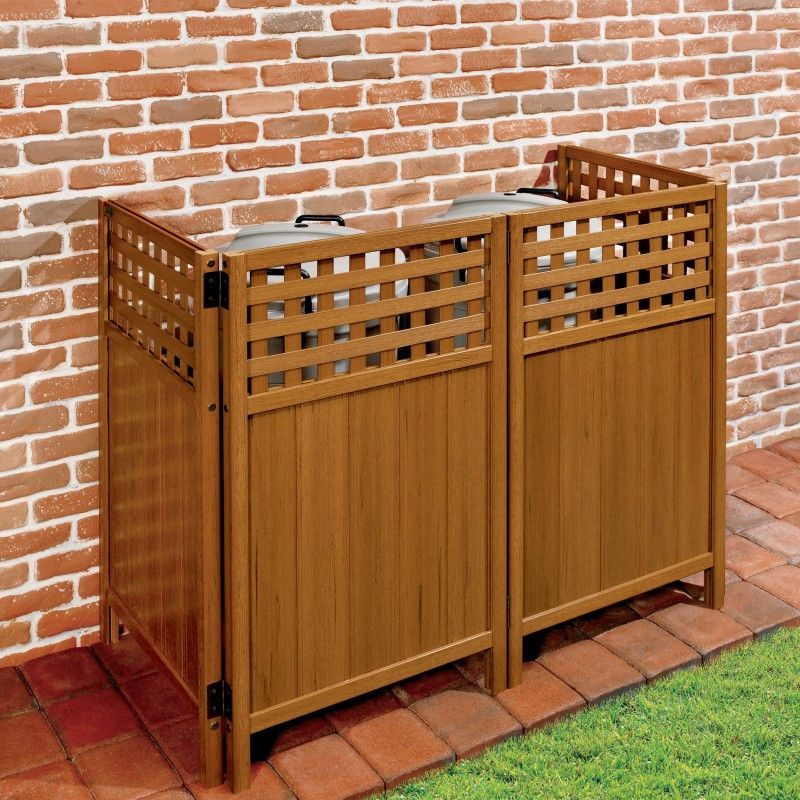 For the winter, the plant also does not have to be covered, since most of its varieties are frost-resistant. nine0005
For the winter, the plant also does not have to be covered, since most of its varieties are frost-resistant. nine0005
Instagram: @nieliseeva
Instagram: @rastenia_ot_kateriny
Instagram: @rastenia_ot_kateriny
Photogrid
A creative way to hide a monotonous and boring fence is to order a special photo canvas that can be attached to any fence material. It can look like a photograph or spray-painted.
Instagram: @ideidlyadoma_interior
Instagram: @gorody_net
Instagram: @ideidlyadoma_interier
Instagram: @ideidlyadoma_interier
Instagram: @ideidlyadoma_interier
Flower boxes
Secure wooden containers or shelves along the entire fence on which to place flower pots. This solution will distract from the monotonous canvas and become an interesting accessory for your site.
Instagram: @klumbamsk
Instagram: @klumbamsk
Instagram: @gorody_net
Prepared by
Maria Revina
How to do it right: Hide an ugly fence
It usually happens like this: they bought a plot that is surrounded by already established gardens.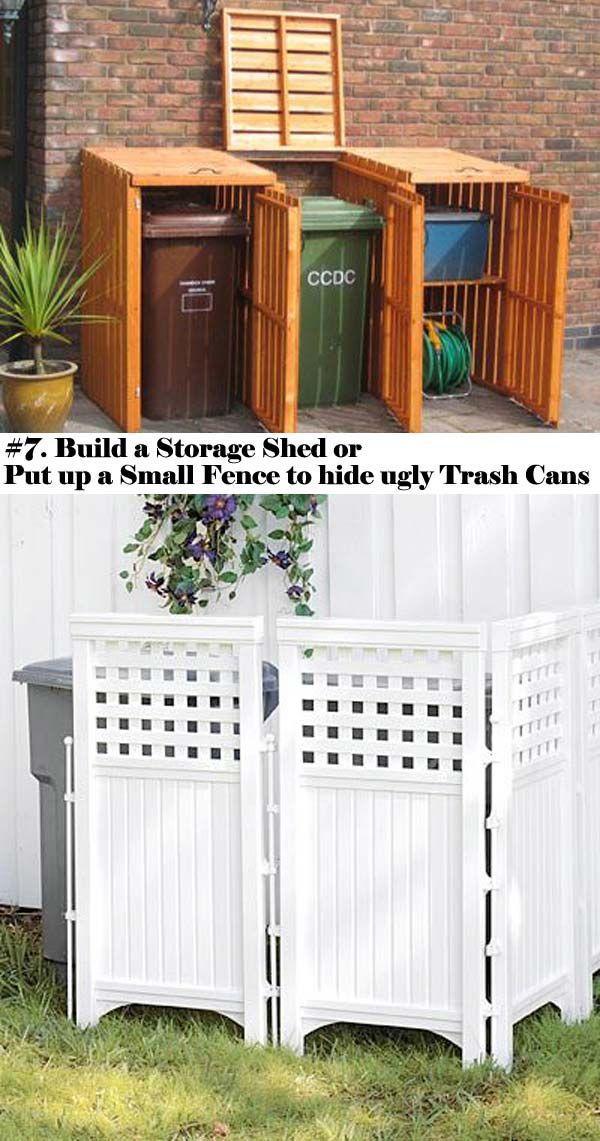 And each of them is a fence corresponding to the style, requests or simply the financial capabilities of the owners. Somewhere it is a chain-link mesh, through which the "inner world" of neighbors peeps through, somewhere - a gray picket fence or profiled sheet, which shines and heats up so that the bushes wither. You can't replace a neighbor's fence at your own expense, you can only hide it. nine0005
And each of them is a fence corresponding to the style, requests or simply the financial capabilities of the owners. Somewhere it is a chain-link mesh, through which the "inner world" of neighbors peeps through, somewhere - a gray picket fence or profiled sheet, which shines and heats up so that the bushes wither. You can't replace a neighbor's fence at your own expense, you can only hide it. nine0005
Morgan Howarth Photography
It often happens that each neighbor has his own fence that suits him. As a result - different fences on the same site
Neil Jones Design
In the photo: in principle, different fences have the right to life, as well as different wallpapers within the same room. But only if you picked up these “wallpapers” and they didn’t form spontaneously - at the behest of neighbors from different sides of the site
in the photo below).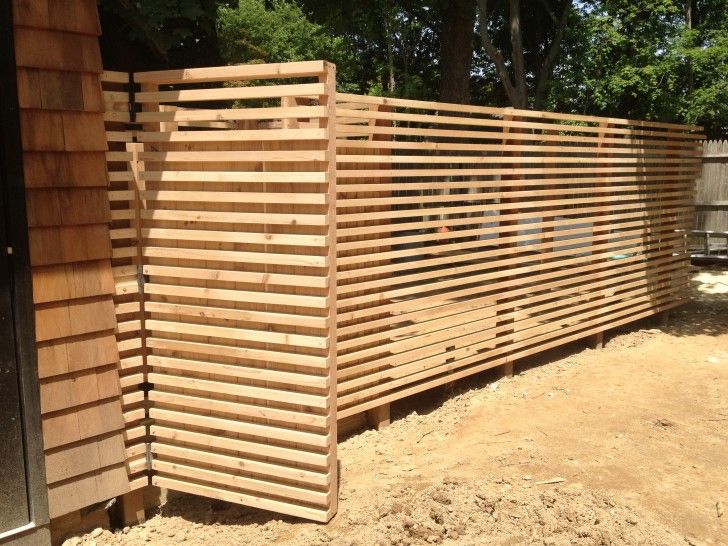 The fence may even be beautiful, but it does not match the style of a particular garden. And what to do with it? nine0005
The fence may even be beautiful, but it does not match the style of a particular garden. And what to do with it? nine0005
T&M design studio
In the photo: club fencing can be very beautiful, but not at all suitable
Solution 1. Hedge
The most popular option is evergreen hedge. In the conditions of the middle lane, the thuja western variety Brabant is most often used for this - a dense crown, a stable cone and fairly fast growth make the choice of this plant quite justified. But do not forget other options: rock junipers Blue Arrow and Skyrocket are suitable for the hedge, which will create an interesting silvery haze; you can form a dense wall of Scots spruce or an openwork curtain of Scots pine. Or combine several types of plants at once. nine0005
Evdokia Dembo
In the photo: a hedge of Norway spruce
Smart Garden
The main mistake in creating a hedge is violation of planting norms.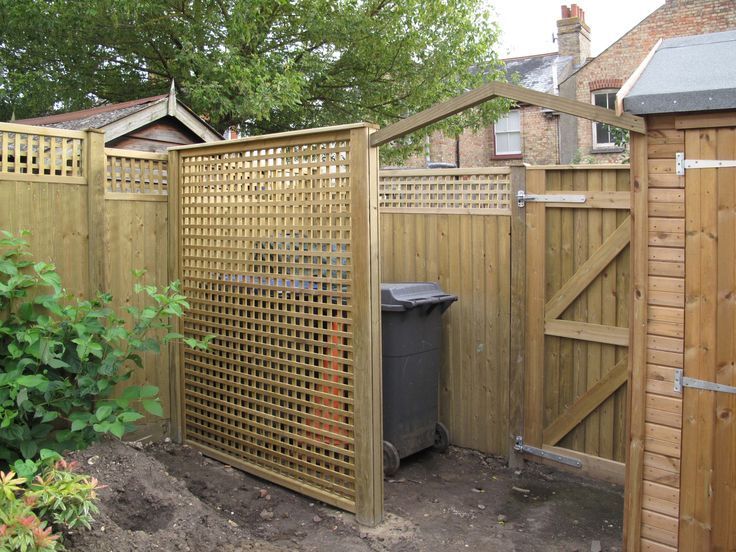 If you plant plants too infrequently, then it will take too long to wait for them to close. And it is quite likely that it is in vain.
If you plant plants too infrequently, then it will take too long to wait for them to close. And it is quite likely that it is in vain.
- Tui and junipers are planted every 0.7 m.
- Spruces - at a distance of about 1 m between plants.
- Pine trees can be planted every 1.5 m to form an openwork hedge. nine0129
Smart garden
Solution 2. Edge
In addition to the hedge, which looks rather strict, straightforward and not suitable for every garden, decorative edges can be created to decorate the fence (pictured above). In our landscape workshop, we most often prefer this method.
ABOUT THIS…
► Don't pry: We plan the edges on the site
Smart Garden
To create the edge, we arrange the plants in tiers - from high to low. Large trees cannot be located closer than 3 m from the fence, and you can’t particularly close the fence with trunks, so the composition is based on large shrubs (common viburnum, Hungarian lilac, euonymus, vesicles and derains), as well as conifers (mountain pine, middle juniper, Canadian spruce Konika and others).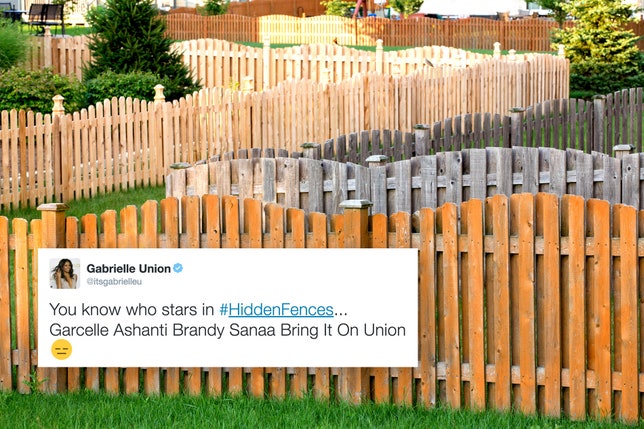 nine0005
nine0005
The larger the plot, the wider and more varied the edge can be. Recently, it has become fashionable to integrate decorative plantings with fruit plants. For these purposes, blue honeysuckle, felt cherry, yoshta, shadberry, aronia chokeberry are suitable - both beautiful and useful, and the fence behind them will perfectly hide.
Kimberley Bryan
Solution 3: Geoplasty
Geoplasty can be used to hide fences in large areas, ranging from artificial retaining walls to real mounds (pictured). In a raised structure, even not very tall plants will block the view of the fences. nine0005
High hills are also a good basis for grottoes or "dugouts" (it is convenient to store garden tools and blanks there), and the slopes can be arranged in the form of rockeries. Although the smooth hills covered with cut grass or ground cover plants look very interesting in and of themselves.
T&M design studio
In the photo: raised structures are great for decorating an ugly fence. No fence will be visible behind such a structure
No fence will be visible behind such a structure
Sage Outdoor Designs
In the photo: the fence is hidden behind the plants and behind the retaining wall
Wentworth Landscapes
In the photo: a children's climbing wall as part of geoplastics can be a functional "screen" for the fence
9009 6 design studio Solution 4. Tapestries and pergolas
If the site is narrow, there is too little space between the blind area of the house and the fence, then tapestries and pergolas are well suited for decorating the fence. nine0005
Structures can be metal, wood or in the form of cables stretched over a metal frame.
The Garden Trellis Company
If the slats are spaced more often, the trellis will look elegant and decorative and without vegetative decoration.
Zeterre Landscape Architecture
If the crossbars are thinner, they will be an excellent support for vines - parthenocissus, clematis, honeysuckle honeysuckle, actinidia, bittersweet nightshade (the berries are poisonous! After flowering, the ovaries need to be cut off).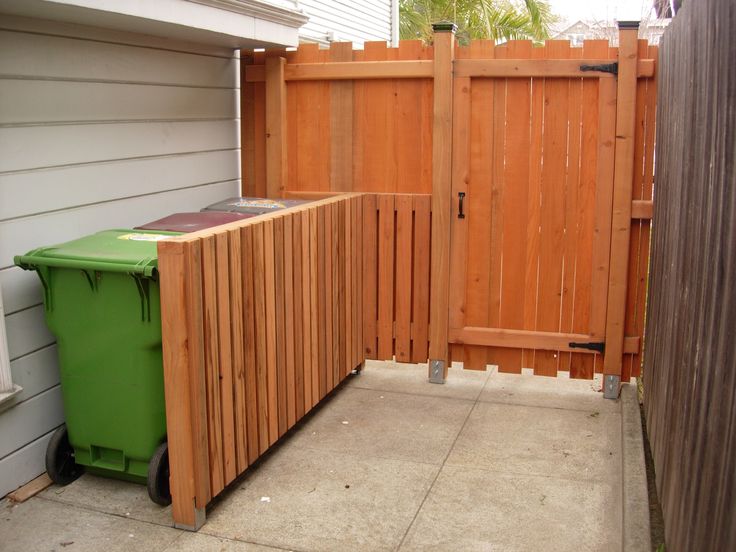 nine0005
nine0005
ETs Ekopochva-LD
Nilsen Landscape Design, LLC
If the sun permits, then a narrow strip in front of the fence can be set aside for “living trellises”. Apple and pear trees, formed in this way, look very decorative, they are convenient to maintain. Also on the trellises with a low stem, mountain ash and willow are formed.
Pineapple Interiors
Solution 5. Attach something from your side
Fences can be hidden not only behind plants, but also behind buildings: for example, docking a gazebo-pergola or a children's climbing wall and a chalk board to the fence. nine0005
Shades Of Green Landscape Architecture
Photo: Fence section can be covered with chalkboard
austin outdoor design
If the fence can be replaced or modified
The easiest solution is to paint.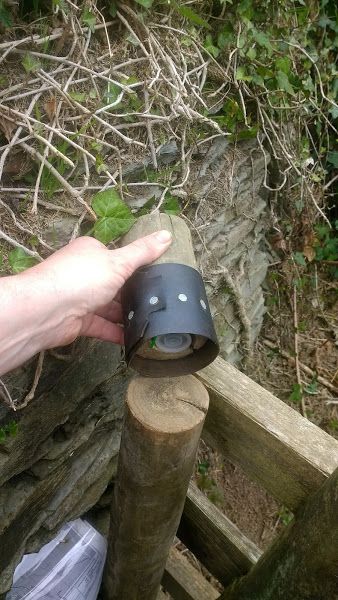 The fence greatly changes the appearance of the site, simply repainted to match the rest of the buildings. White and black railings look stylish. Yes, someone may consider these colors branded, yes, they will need to be updated annually. But the effect is worth it! The garden, made in a modern style, can be supplemented with extravagant colors of the fence - red, yellow, purple. nine0005
The fence greatly changes the appearance of the site, simply repainted to match the rest of the buildings. White and black railings look stylish. Yes, someone may consider these colors branded, yes, they will need to be updated annually. But the effect is worth it! The garden, made in a modern style, can be supplemented with extravagant colors of the fence - red, yellow, purple. nine0005
If you use the same color accents in the vegetative design, the fence will organically fit into the overall concept. A garden, made, for example, completely in white or purple, looks very elegant and stylish. And picking up plants with a suitable shade of inflorescences will not be difficult at all. Fences stylized in this way have a significant bonus: they seem to dissolve in the garden, visually expanding the space.
ARCADIA GARDEN Landscape Studio
Fences made of gabions look very interesting and monumental (pictured).